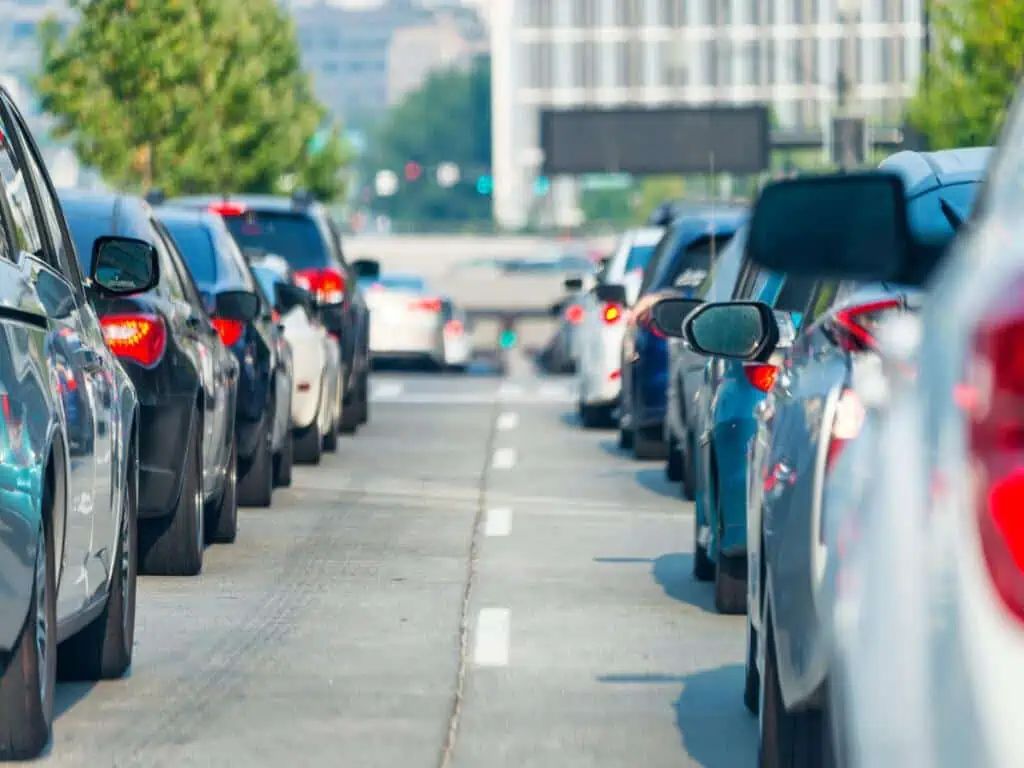
The pandemic has already permanently changed mobility. More and more people are working in their home offices, saving themselves the way to the office.
The car seems to be losing more and more of its importance, which is of course partly due to the cost of gasoline. Many cities want to curb traffic in the future and are already developing appropriate concepts. Some cities already have traffic-calmed areas (also called “residential streets”).
At first, many thought that home office work was just a pandemic phenomenon and that the majority of people would return to the office. However, home office has stayed and is becoming more and more popular. Of course, it is important to remember here that not every job is suitable for the home office. This applies to factory employees.
Many managers were initially very skeptical when employees were sent to the home office because they feared that the work could only function with intensive contact between team members. That’s why many managers were initially opposed to home office work.
A study from 2017 was compared with surveys from 2020. The number of people who worked in a home office was just 17% in 2017. During the first lockdown in 2020, that number increased to 37%.
The number from the lockdown remained around 36% in 2022 after the withdrawal of workplace-based restrictions, which many would not have expected to be the case.
Today, there are more and more (hybrid) work models. There are people who work completely from home or in the office, as well as people who work sometimes from home and sometimes in the office.
Most people work about 2.5 days on average from the home office or on the road. The rest of their work days are spent in the office. The pandemic has steadily increased the percentage of those who work from home offices or on the road. Over 1/3 of people work just under half of their working hours away from their original workplace.
Especially high earners benefit from this, however, one can see a democratization in home office. Thus, in 2017, mostly well-educated and high earners worked from home office. Nowadays, this trend has also reached people with lower income and educational qualifications.
Again, note that this of course does not apply to jobs that are location-based, such as nursing.
The share of “click work” is increasing significantly. These are mostly low-paid jobs on computers or in call centers. The danger for exploitation exists especially here for precariously employed click workers, since they can no longer go to the office or organize in a union.
Certainly, the roads have become a bit emptier, but even today many people are still stuck in traffic jams for several hours when they drive to and from work. In Munich, the number of hours per motorist per year is over 70 hours(!).
This raises the question of why working from home does not alleviate traffic congestion?
The study “Mobility in Germany” from 2017 has proven that the home office reduces the number of kilometers and thus the traffic load. However, other transport services such as delivery services increased. The proportion of people ordering online has increased from 5.7% in 2017 to 17.4% in 2022.
So what this means is that if everyone worked as they did in 2017, the congestion problem would be much worse. Without a home office, traffic density would be about 1/4 higher!
However, there are isolated studies that are supposed to prove that online ordering with the help of bundled delivery routes could reduce traffic volumes under certain conditions, as customers no longer drive to the supermarket individually. This could work if delivery services were to join forces and “pool” their packages. So far, every single package and parcel is still delivered to the door by a large van, which makes it even worse.
Is there a cap on home office work?
Working from the home office is definitely here to stay. In the future, at least 1/3 of all employees will spend at least half of their working hours away from the office. And this cuts across all industries and hierarchies. This will have enormous consequences for infrastructure planning.
It is questionable whether new roads will still be needed. The fact is that car traffic is nevertheless increasing and the roads are becoming steadily more crowded despite home offices. According to TomTom, although the number of cars continues to decline, the number of kilometers driven is decreasing.
Implications for urban planning and business
Pandemic times have triggered a shift to home offices and online shopping, and this will not change in the future. As a result, local retail is under increasing pressure unless it is easily accessible on foot or by bicycle. Parking spaces in front of the door are not decisive. People today do not want to be bothered by traffic jams and full parking lots. Therefore, shopping malls should focus less on cars and more on greenery.
Does working from a home office exacerbate the housing shortage?
Quite the opposite. Many office buildings have to be converted and could then be made available to the housing market.
Will a 49-euro ticket help bring employees back to the office?
No, because even 49 euros is still too expensive for many people. For high earners, the high cost of commuting was the decisive factor.
Feel free to share your opinion on the topic with us on social media.
* Source: Der Spiegel (German)